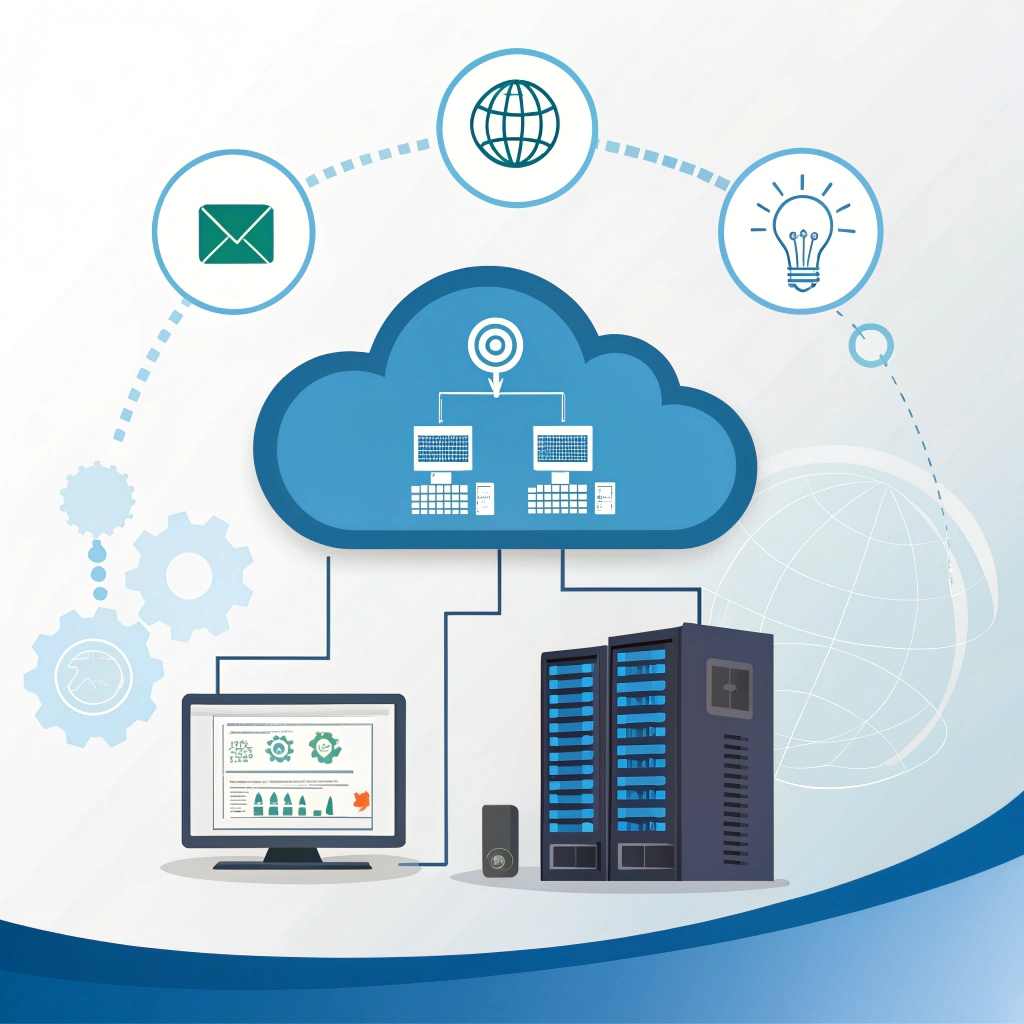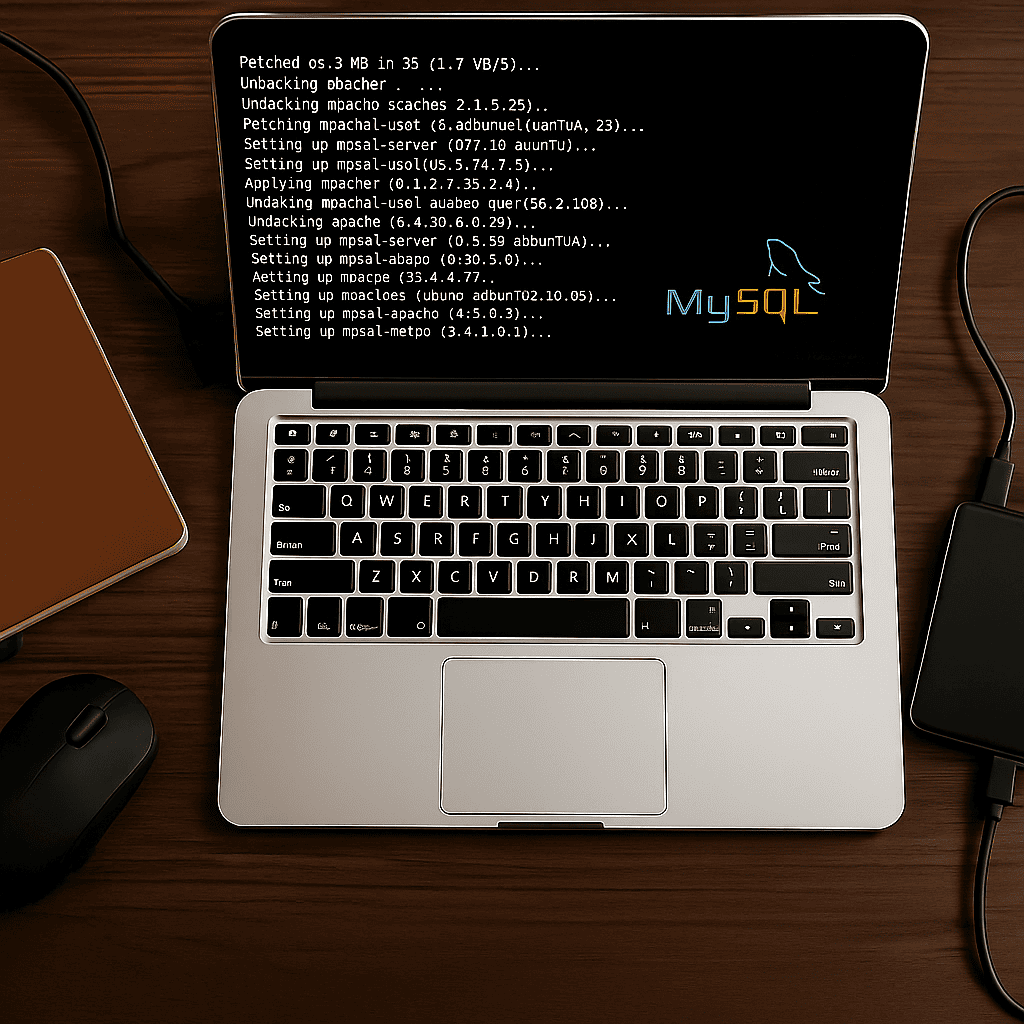
When you launch a website, you want it to run continuously and smoothly. However, once you start getting traffic and users, your server starts running at full capacity. This can lead to site crashes and interruptions, which can negatively impact user experience and ultimately result in loss of revenue. That is why it is important to monitor servers.
Any technique can fail, virtual servers and software are no exception. Periodic monitoring of servers manually is costly. That is why automated systems for monitoring the availability and operation of servers are used. In the article we will analyze what a monitoring system is, how they work and what a server monitoring system is.
How is monitoring carried out?
The system administrator responsible for the server monitoring procedure performs the following actions:
- checks the server room and inspects the equipment
- checks the operation of applications, the Internet and other web services
- controls the operation of the system, as well as the amount of RAM and free space
- controls the correct operation of office equipment;
- performs a backup
It is worth noting that the system administrator must perform the listed actions every day. But, unfortunately, not all system administrators are aware of the responsibility that falls on them. Moreover, in large companies with hundreds of employees, the system administrator simply cannot physically perform all the necessary actions. In this case, there is a high probability of a sudden equipment failure. Another consequence of the lack of quality monitoring of servers can be the loss of important data due to insufficient memory for backups.
Why you need to monitor the health of servers
Server monitoring is a process of continuous monitoring of server operation, which allows you to quickly respond to any problems and failures. This is important to ensure the continued operation of the site and to meet the needs of users.
Monitoring benefits:
- quick problem fixes
- site performance improvement
- internet service security
- server resource usage tracking
In addition, server monitoring also helps prevent potential security threats such as hackers and viruses. With monitoring, you can monitor the use of server resources such as processor, memory, and disk space and optimize their use to improve performance.
There are many server monitoring tools that can provide real-time server status information, as well as send problem notifications to mail or instant messengers. These tools can be both free and paid, and the choice depends on the requirements and budget of the company.
In general, server monitoring is an important part of the infrastructure of any site or application, and doing it regularly can significantly improve server performance and security. Now let’s look at all the advantages of server monitoring one by one and in more detail.
Quick troubleshooting on the server
One of the main advantages of server monitoring is the ability to quickly identify problems. If the server is malfunctioning or unavailable, monitoring can alert the administrator to a problem and provide an opportunity to quickly fix it. This allows you to minimize site downtime and reduce the risk of loss of income.
Site Performance Improvement
In addition, server monitoring also allows you to improve site performance. Administrators can use the monitoring data to optimize server performance and improve website loading speed. This can improve user experience and increase user satisfaction.
Security
Finally, server monitoring also helps keep the site secure. Monitoring can detect hacking attempts or attacks on the server and warn the administrator about possible threats. This allows you to take steps to protect the site and prevent data leakage or other problems.
In general, server monitoring is an essential part of keeping a site running smoothly. It allows you to quickly identify problems, improve performance and ensure site security. If you want your site to work reliably and without interruptions, then server monitoring is a must.
Threats to resources
Often sites become inaccessible to the target audience due to the hosting provider or the webmaster’s mistake. Also, the site may not be displayed to some visitors or be blacklisted by search engines.
The most effective in counteracting Internet threats are commercial CMS, as their manufacturers are interested in ensuring the security of their product and invest in it. If a resource becomes unavailable due to one of the popular vulnerabilities, then webmasters will have a backup copy of the site and will be able to restore its availability.
Each type of CMS has its own characteristic vulnerabilities. For commercial systems, these are Information Leakage Brut Force vulnerabilities. For open source systems, this is Cross-Site Request Forgery. A self-developed CMS has Cross-Site Scripting and Cross-Site Request Forgery vulnerabilities.
Firewalling helps to reduce the number of requests aimed at the implementation of popular threats, with the help of which traffic is filtered. Buying a web firewall allows you to solve the problems associated with the implementation of Internet threats, but it will require financial costs.
Vulnerabilities can be eliminated not only by software and hardware. You can seek the help of information security specialists. They will analyze the site and eliminate all the “holes” found. This is a time-consuming process, since the site code is constantly changing, webmasters connect new, not always safe modules. All new code must be tested for vulnerabilities. Therefore, only large companies can afford the services of information security specialists.
Full-featured systems prevent threats by passing all traffic to the site through their web filters, analyzing the resource for “holes” in the code and the presence of viruses in files.
Which monitoring system to choose
Monitoring systems focus on different levels of the information system. So it’s better to combine them.
The modern stack is a collection of:
- Prometheus, Zabbix – data collection, helth metrics and alert system.
- ELK – storage and aggregation of logs.
- NewRelic, BlackFire (in the case of a PHP backend) – analysis of performance metrics.
- Grafana – data visualization.
- Monitoring is not just utilities, but a large system that is inextricably linked with the product. Therefore, the development of a monitoring system should go hand in hand with the development of the site itself. After the release, it will no longer be possible to implement it qualitatively.
But it’s definitely not worth the time. Spend a few days, but then you will sleep peacefully, in full confidence that the site works like clockwork, and the conversion is growing.


